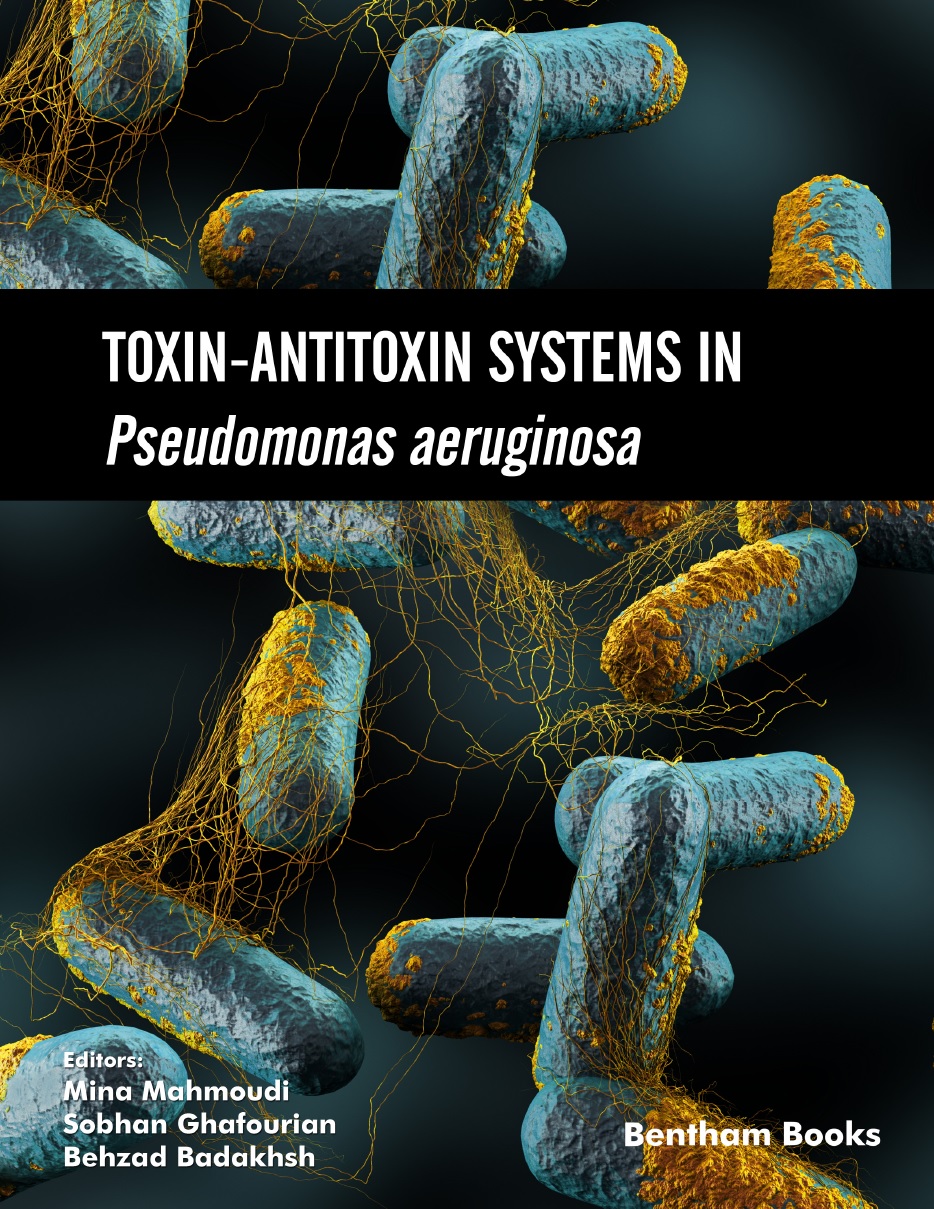Abstract
One of the most important features of P. aeruginosa is its ability to inhabit anywhere, especially in humid environments, which is very important in its dissemination. So, hygiene in public places such as swimming pools or hot tubs can be effective in reducing the incidence of this bacterium. On the other hand, P. aeruginosa is one of the main factors of nosocomial infections. Meanwhile, hospitalized patients in intensive care units are at greater risk. Fortunately, P. aeruginosa is sensitive to drought, so it is rarely transmitted through surfaces. In contrast, it can be spread through water-related devices such as respiratory therapy equipment, catheters, dialysis tubes, etc. P. aeruginosa is responsible for 11-13.8% of nosocomial infections including, urinary tract infection, pneumonia, burn wound infection and a blood infection, surgical site infection, etc. It is also important in patients with immunedeficiency like those who suffer from cystic fibrosis, severe leukemia, and AIDS. Since P. aeruginosa is ubiquitous and opportunistic bacterium, studying its epidemiology can be very effective and helpful in controlling diseases.
Keywords: Cystic fibrosis, Gastrointestinal surgery infection, Immunocompromised patients, Intensive care unit, Nosocomial infection, Pneumonia, Severe burn infection, Urinary tract infection.






















